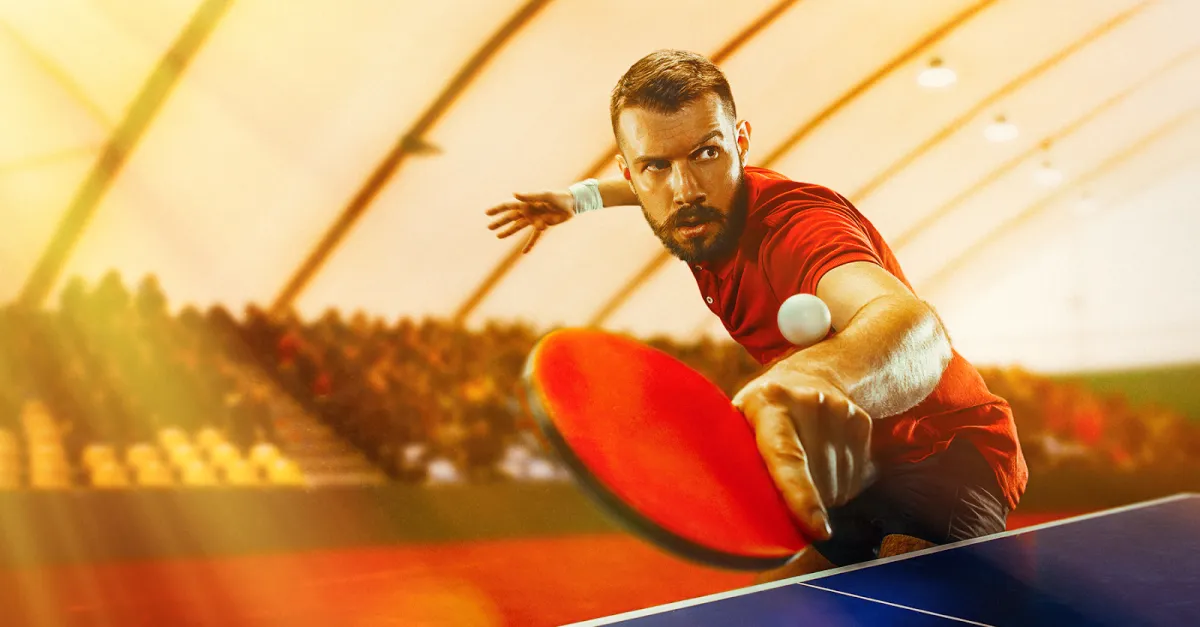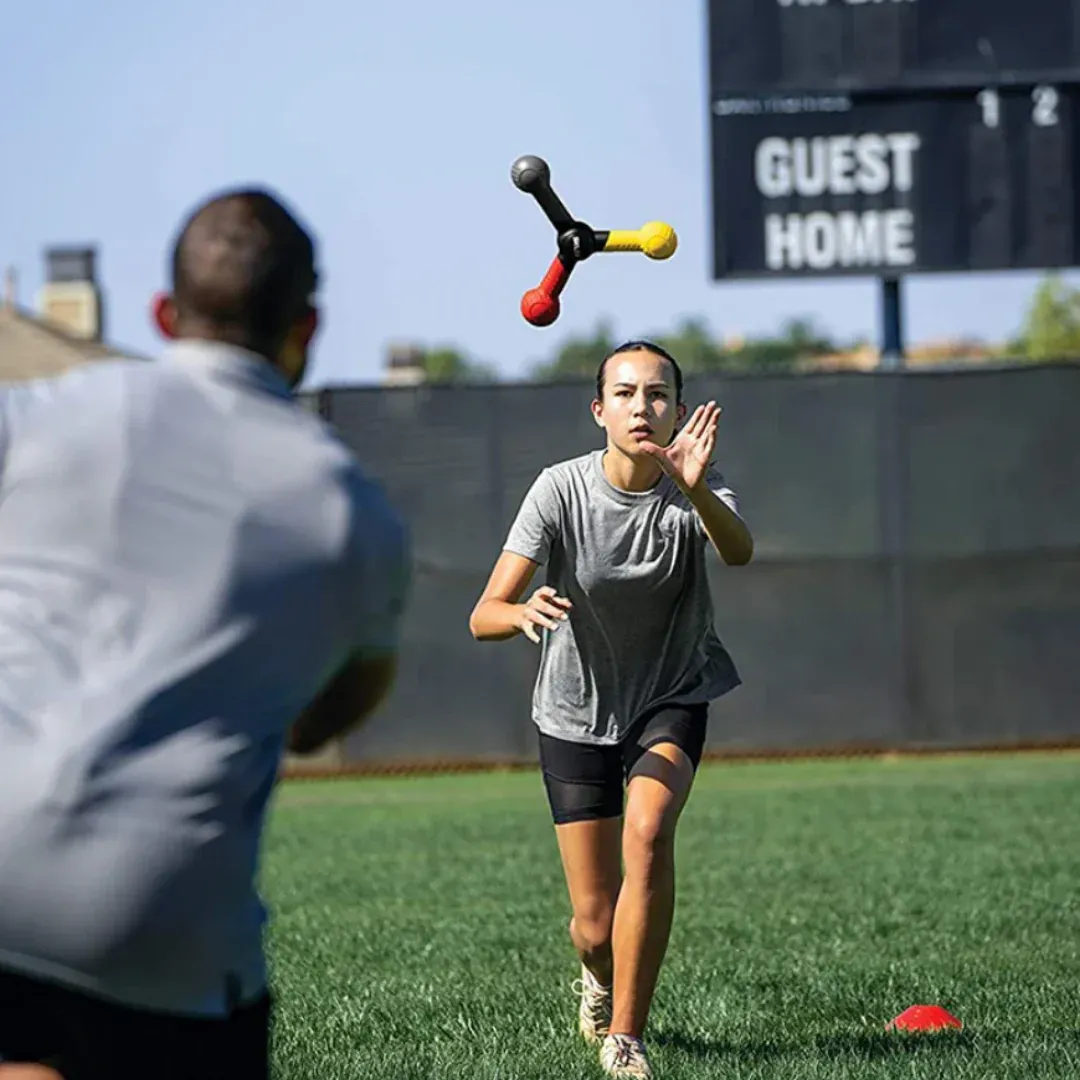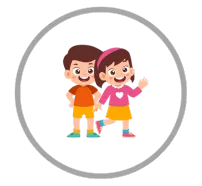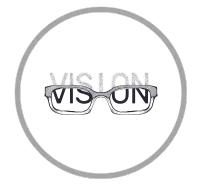Sports Vision Training
The Benefits of Sports Vision Training for Athletes
FSDAVCFEBFEVSDDVFSD
FSDAVCFEBFEVSDDVFSD
FSDAVCFEBFEVSDDVFSD
The Benefits of Sports Vision Training for Athletes
Sports vision training plays a vital role in modern athletics by focusing on improving critical visual skills. This specialized training helps athletes enhance their reaction times, visual accuracy, and eye-hand coordination, which are essential for peak performance. By incorporating these exercises, athletes can process visual information more quickly, make better decisions, and respond faster during competitions.
Athletes who engage in sports vision training gain a significant edge over their competitors. This training not only improves their ability to track moving objects and judge distances accurately but also boosts their overall precision and coordination. These enhancements lead to better performance in their respective sports, making sports vision training an invaluable component of athletic preparation.
Sports vision training plays a vital role in modern athletics by focusing on improving critical visual skills. This specialized training helps athletes enhance their reaction times, visual accuracy, and eye-hand coordination, which are essential for peak performance. By incorporating these exercises, athletes can process visual information more quickly, make better decisions, and respond faster during competitions.

Athletes who engage in sports vision training gain a significant edge over their competitors. This training not only improves their ability to track moving objects and judge distances accurately but also boosts their overall precision and coordination. These enhancements lead to better performance in their respective sports, making sports vision training an invaluable component of athletic preparation.

Quick Reflexes: Improving Reaction Times in Sports
Enhancing reaction times is a key benefit of sports vision training. This training focuses on exercises that improve how quickly and accurately athletes can respond to visual stimuli. By training the eyes and brain to communicate more effectively, athletes can react faster in high-pressure situations. This is crucial in sports where split-second decisions make a significant difference, such as sprinting at the start of a race or dodging a tackle in football.
Several exercises are commonly used to enhance reaction times. Dynamic visual acuity exercises help athletes track moving objects more efficiently, while peripheral awareness drills improve their ability to notice actions happening around them without direct focus. Examples include using a Robo-Pong machine to catch ping pong balls, which trains focus and quick reactions, and the Brock String exercise, which enhances the ability to focus on targets with both eyes. These drills are essential for athletes to maintain sharpness and precision during their performance.
Improved reaction times lead to better athletic performance. Athletes who can react swiftly to visual cues are more likely to make successful plays and avoid injuries. Faster reaction times also enhance an athlete's ability to make quick decisions, increasing their overall effectiveness in their sport. Incorporating vision training into regular training routines ensures athletes stay competitive and perform at their best.
Sharp Eyes, Quick Hands: Enhancing Eye-Hand Coordination

Eye-hand coordination is vital for athletes as it helps them synchronize their visual input with their hand movements. This skill is essential in sports like baseball, basketball, and tennis, where precision and quick reactions are crucial.
Training techniques to improve eye-hand coordination include hand-eye reaction drills and coordinated movement exercises. These drills, such as catching and throwing balls, help athletes enhance their ability to track moving objects and respond quickly.

Enhanced visual accuracy benefits athletes by allowing them to track moving objects more precisely and judge distances better. This leads to improved performance in sports that require fine motor skills and quick reactions. For example, baseball players can better hit pitches, and soccer players can more accurately pass the ball. Coordinated movement exercises, like using a balance board while catching a ball, further challenge and improve this skill.
Drills to boost visual accuracy include eye tracking exercises and depth perception training. Eye tracking exercises involve following a moving object with the eyes, which improves the connection between visual input and physical response. Depth perception training helps athletes judge distances more accurately, which is essential for sports like basketball and football where precise movements are critical. Athletes with strong eye-hand coordination can track moving objects better, respond faster, and perform more accurately.
incorporating Vision Exercises into Athletic Training
Incorporating vision exercises into regular training routines is essential for athletes to gain consistent improvement. Regular practice of vision drills helps in refining skills such as visual processing speed, memory, and eye-hand coordination. These exercises should be tailored to the specific needs of the sport and the individual athlete, ensuring maximum effectiveness. Consistent integration of these exercises into daily training enhances overall athletic performance, making athletes more adaptable and proficient in their respective sports.
Sports Optometrists: Key Players in Athletic Success
Sports optometrists play a crucial role in vision training programs for athletes. They assess and enhance visual skills like depth perception, eye tracking, and hand-eye coordination, which are vital for sports performance. These specialists conduct comprehensive eye exams to identify any visual issues that could affect an athlete’s performance and then develop personalized vision training programs to address these needs.
Tailored exercises are essential in sports vision training. Optometrists design specific drills to improve dynamic visual acuity, peripheral vision, and visual processing speed. These exercises help athletes respond faster and more accurately during competitions, giving them a competitive edge. By integrating these exercises into regular training routines, athletes can significantly enhance their overall performance.
Sports optometrists play a crucial role in vision training programs for athletes. They assess and enhance visual skills like depth perception, eye tracking, and hand-eye coordination, which are vital for sports performance. These specialists conduct comprehensive eye exams to identify any visual issues that could affect an athlete’s performance and then develop personalized vision training programs to address these needs.
Tailored exercises are essential in sports vision training. Optometrists design specific drills to improve dynamic visual acuity, peripheral vision, and visual processing speed. These exercises help athletes respond faster and more accurately during competitions, giving them a competitive edge. By integrating these exercises into regular training routines, athletes can significantly enhance their overall performance.
Training for Speed: Enhancing Athletic Reaction Times
Improved reaction times offer significant benefits for athletes, especially in fast-paced sports. Faster reaction times enable athletes to respond more quickly to stimuli, making better decisions under pressure. This can be crucial in sports like football, basketball, and motorsports, where quick reflexes can make the difference between winning and losing. Enhanced reaction times help athletes anticipate opponents' moves, adjust their strategies swiftly, and execute their actions with greater precision, leading to better performance and competitive advantage.
Reaction Time Drills for Faster Athletic Responses
Exercises to enhance reaction time include various drills designed to improve visual recognition and response speed. For example, reaction ball drills involve catching or hitting a ball that bounces unpredictably, helping athletes sharpen their reflexes. These drills train the brain to process information quickly and the body to react accordingly. Cone sprint drills, where athletes sprint to different cones based on verbal or visual cues, improve agility and response time. Another effective exercise is the tennis ball catch drill, where athletes catch numbered balls and identify the numbers mid-air, enhancing both cognitive processing and physical reaction.
Vision Training: Essential for Fast-Paced Sports
In fast-paced sports environments, having a quick reaction time is vital. It allows athletes to stay ahead of their opponents, make precise movements, and maintain high performance even under intense pressure. Quick reaction times enable athletes to handle unexpected situations effectively, reducing the likelihood of errors.
Regular reaction time training helps athletes stay sharp and perform consistently, providing a competitive edge in their sport. This consistent training not only improves immediate responses but also builds overall confidence, enabling athletes to perform better in high-stress situations.
Perfecting Precision: Improving Eye-Hand Coordination for Athletes
Coordination Between Visual Input and Physical Response Eye-hand coordination is crucial for athletes, enabling them to synchronize visual input with physical movements. This coordination helps athletes accurately track and respond to moving objects, such as a ball in baseball or a shuttlecock in badminton. Effective eye-hand coordination allows for precise timing and execution of movements, which is essential for successful performance in many sports.
Benefits for Sports Requiring Precise Timing and Coordination
In sports that demand precise timing and coordination, such as tennis, basketball, and soccer, strong eye-hand coordination is key. It helps athletes react quickly to fast-paced actions, maintain accuracy, and improve overall performance. Training techniques like reaction ball drills, playing catch, and using video games that require quick reflexes can significantly enhance eye-hand coordination. Regular practice of these exercises ensures that athletes can perform at their best, making precise and timely movements during competitions.
Enhanced visual processing also supports better academic and occupational tasks, making vision training a valuable tool for overall personal development. Enhanced visual processing also supports better academic and occupational tasks, making vision training a valuable tool for overall personal development.
In addition to its importance in sports, improved eye-hand coordination plays a significant role in various activities that demand precise timing. Whether it’s reacting swiftly while driving, executing fine motor skills in tasks like cooking, or navigating digital devices, strong coordination enhances both efficiency and accuracy. Athletes who consistently train their coordination skills not only sharpen their physical performance but also improve cognitive abilities.

In sports that demand precise timing and coordination, such as tennis, basketball, and soccer, strong eye-hand coordination is key. It helps athletes react quickly to fast-paced actions, maintain accuracy, and improve overall performance. Training techniques like reaction ball drills, playing catch, and using video games that require quick reflexes can significantly enhance eye-hand coordination. Regular practice of these exercises ensures that athletes can perform at their best, making precise and timely movements during competitions.
Enhanced visual processing also supports better academic and occupational tasks, making vision training a valuable tool for overall personal development. Enhanced visual processing also supports better academic and occupational tasks, making vision training a valuable tool for overall personal development.

In addition to its importance in sports, improved eye-hand coordination plays a significant role in various activities that demand precise timing. Whether it’s reacting swiftly while driving, executing fine motor skills in tasks like cooking, or navigating digital devices, strong coordination enhances both efficiency and accuracy. Athletes who consistently train their coordination skills not only sharpen their physical performance but also improve cognitive abilities.
Vision Training Benefits
Vision training offers many benefits beyond just enhancing athletic performance. It improves visual skills like depth perception, eye tracking, and peripheral vision, which are useful in everyday life. Athletes often notice better hand-eye coordination and faster reaction times, leading to improved performance in various activities.
Vision training also contributes significantly to eye health and injury prevention. By improving visual skills, athletes can reduce the risk of sports-related eye injuries. Better depth perception and peripheral vision allow athletes to avoid collisions and navigate their environment more safely. Additionally, regular vision exercises help maintain eye health, reducing the strain from intensive activities and long-term use of digital screens.

Contact Info
Hours of Operation
Mon - Fri | 9:00 AM - 5:00 PM
Sat - Sun | Closed
Holiday Hours: We are closed for the following holidays: New Years Day, Memorial Day, Independence Day, Labor Day, Thanksgiving Day, Christmas Day
© 2025 Kleinwood Vision. All rights Reserved.


